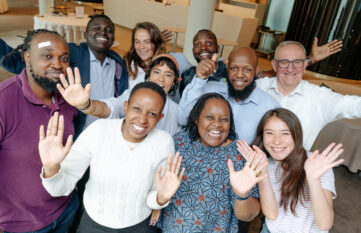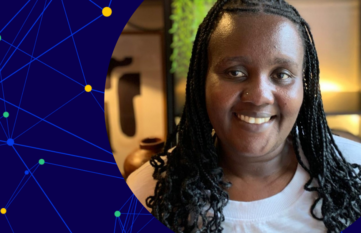The global challenges of our time can only be solved through collective efforts – especially in the area of #digital infrastructure, we can implement #inclusive solutions to benefit all and achieve the #SDGs!
Therefore, we appreciate the collective effort of Martin Wimmer (BMZ), Robert Opp (UNDP), Paula Ingabire (Ministry of ICT and Innovation in Rwanda), David Moinina Sengeh (Government of Sierra Leone), Rodger Voorhies (BMGF) and Nele Leosk (Government of Estonia) who point out how these digital inclusive solutions can look like:
Digital technology permeates today’s society. From communicating across borders to delivering essential services, it is transforming how people go about their daily lives and how governments function. Yet to bring about meaningful society-wide impact, this transformation should be safe, trusted and inclusive.
The COVID-19 pandemic has emphasized the tremendous potential of digitalization. Marked by the uptick in digital government-to-people payments and the demand for digital solutions from governments, more and more countries are adopting and adapting to digital technology.
Due to increasing demand, in 2020 alone, the United Nations Development Programme (UNDP) supported the implementation of more than 500 digital solutions around the world. In Ukraine, amidst the ongoing war, the government is harnessing digital technology to ensure continuity of public service delivery for its people. Besides improving efficiency, digitalization helps to reduce costs and ensure that the most vulnerable people in society also benefit.
Read the full article here published via World Economic Forum.



